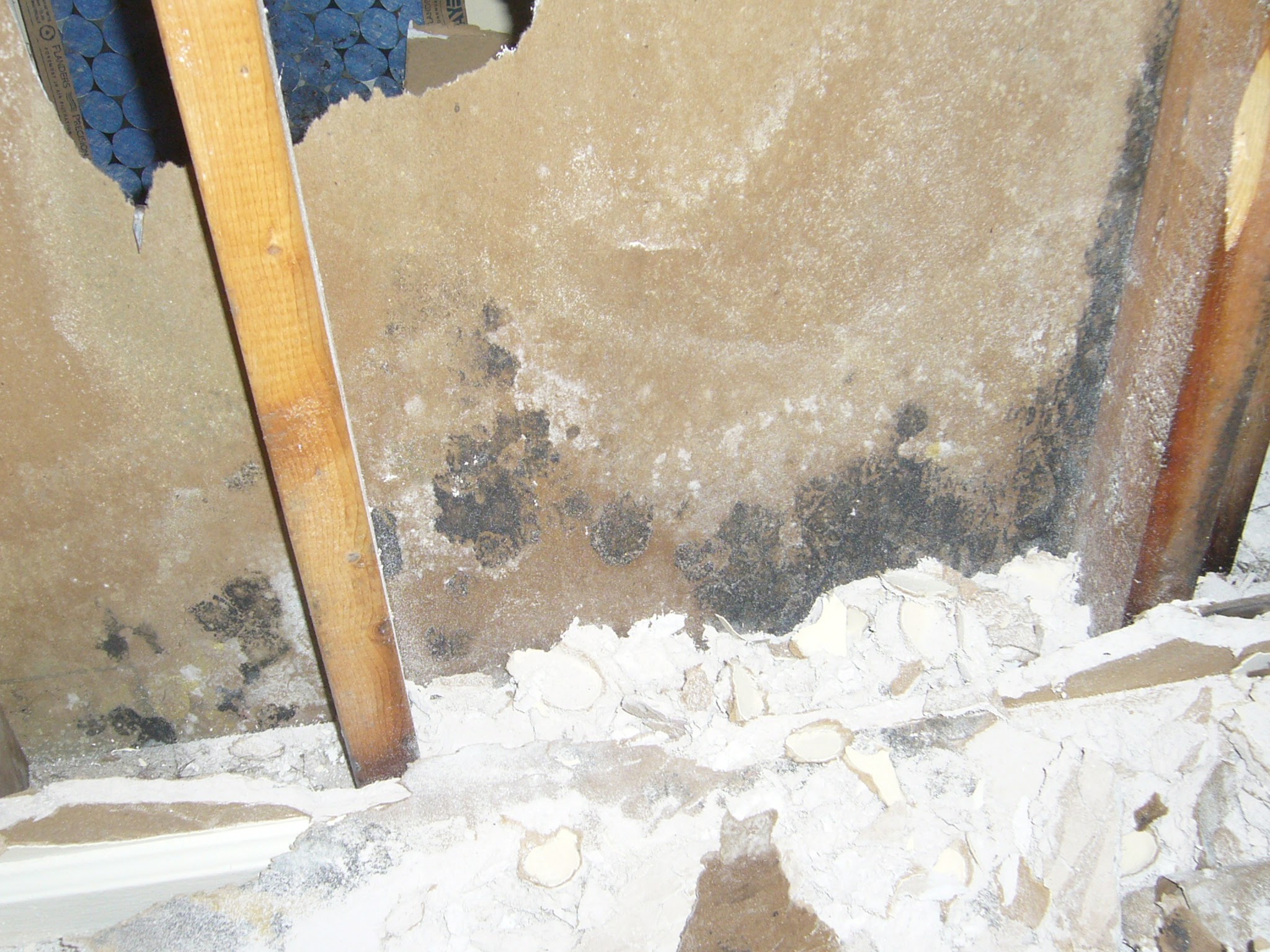In this article down the page you will find additional extremely good tips related to Looking for Signs of Water Damage in the Bathroom.

The washroom is very at risk for damp buildup as well as potential water damages because of the frequent use water in it. This short article supplies easy examination techniques to aid identifying water damage threats.
The regular use water in the bathroom makes it incredibly at risk for moist buildup and possible water damage. By evaluating it routinely, you can lower water related damages.
The complying with set of assessments is very easy to do and ought to be done as soon as in every three months in order to maintain your washroom healthy as well as to stop potential water problems brought on by the bath tub, the shower, pipeline joints and also plumbing, sinks, cabinets, as well as the commode
Do not overlook doing these examinations and be extensive while executing them. Keep in mind that these simple evaluations can save you a great deal of money by offering very early signs for water damages
Sinks and Cabinets
Sinks as well as closets are revealed to moisture as well as moisture day-to-day and are frequently overlooked. Inspect regularly under the sink as well as on the kitchen counter above it. Fix any kind of drip in the trap as it might suggest drainpipe troubles. Browse the sink, slow-moving draining pipelines may show a blocked drain. Replace sink seals if they are cracked or loosened.
Bath tub and also Shower
The shower as well as tub require unique attention and also upkeep. Check the ceramic tiles and change if cracked. Ensure that there is no missing out on cement in between the floor tiles. Evaluate and also replace cracked caulking at joints where the walls fulfill the floor or the tub. Blocked drains and pipes issues will certainly stop the bath tub from drying out and might show significant issues beneath the bath tub. Consult with an expert instantly to prevent structural damages. Pay attention to discolorations or soft areas around the bathtub wall surfaces as they might suggest an inner leakage.
Plumbing
Signs for water damages are tough to find because most pipelines are mounted inside the wall surfaces.
Pay special attention to flooring and also walls dampness and also spots as they may indicate an unseen plumbing issue. Check dampness degrees in adjoining rooms as well.
The Commode
The bathroom is a prone water junction. Examine the water lines and also search for leaks around the bathroom seat, in the hose, and also under the water tank. If you spot any indications of dampness on the floor around the toilet, check for leakages in the toilet rim and container seals.
Know that hanging commode bowl antiperspirants enhances the opportunities for blockages.
Water Damage Signs In The Bathroom To Avoid Cleanup
Musty smell
This is one of the easiest signs to catch because musty smells are so odorous. The damp, earthy, moldy smell should be a big red flag. The smell will develop when moisture gets trapped in surfaces, and begins to facilitate mold growth. Leaking pipes under cabinets, inside walls, and behind shower fixtures will cause moisture to stay trapped and not dry, which will lead to mold growth and spread. As soon as you notice any musty smells in your bathroom, have it checked for hidden water damage and cleanup signs.
Visible mold
If the smell isn’t there to give it away, sometimes you will actually see mold growth. Finding mold in your bathroom is a serious problem, because mold is very harmful to your health. By the time mold growth is visible, it also means that water damage has already occurred and been present for some time. The only way the mold problem can be resolved is to find the source of the moisture and get it stopped. To safely and adequately remove mold, you need to have professionals handle the remediation. Do not waste any time in getting mold problems addressed, fixed, and sanitized so that you can protect you and your family from the many respiratory symptoms caused by mold exposure.
Damaged floors
Bathroom floors should be able to withstand some exposure to water while still remaining in good condition. However, when excess exposure or water leaks occur, they will begin to damage even the most water-resistant flooring. If you notice any cracking, bubbling, staining, or warping on your bathroom floors, there is probably a water leak somewhere causing the distortion. If you notice areas of the floor have become softer, or even have a spongy feeling, there is probably damage to the subfloor. Subflooring is typically made up of plywood. When plywood is exposed to water or moisture, it will absorb it. Once it has become saturated, the weight of the excess water will cause the wood to swell and soften. Check the floors in your bathroom frequently to catch any of these sings before they lead to damaged subflooring.
Changes on walls
When water leaks behind walls, it will cause changes in the drywall. Peeling plaster, blistering paint, and soggy wallpaper are all good indicators that excess water is building up behind the wall. Water leaking behind drywall will cause it to swell and be soft to the tough. If you start to notice gaps along the trim of your walls, or where tile meets the wall, it could also be a strong indicator that there is a leak behind the wall. Any changes, distortion, or damage on the walls should be evaluated as soon as you notice it to prevent further water damage and cleanup.

We had been made aware of that article about Common Causes of Water Damage in a Bathroom from a friend on our other website. Kindly set aside a second to promote this write-up if you enjoyed it. Bless you for your time. Come back soon.
Explore